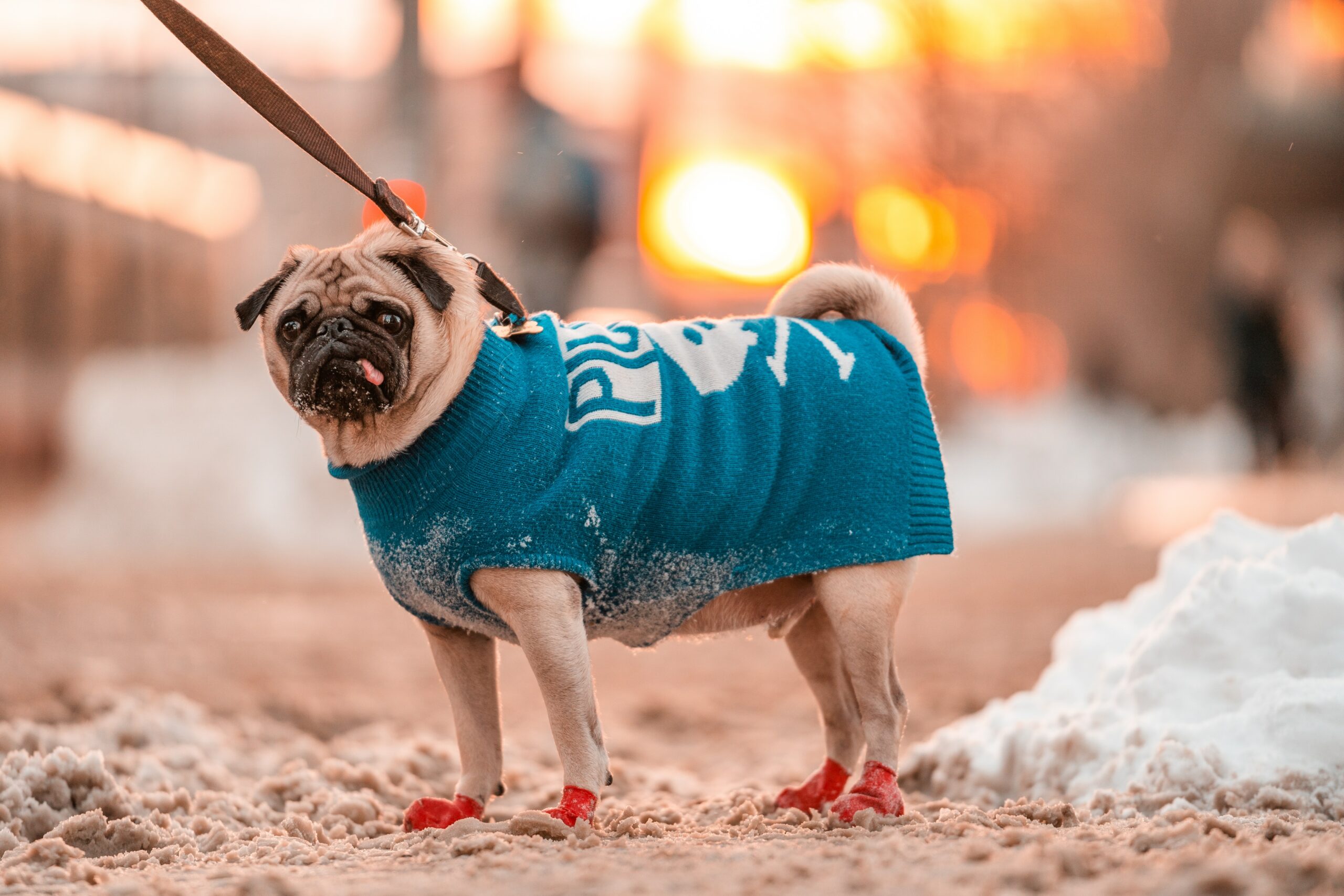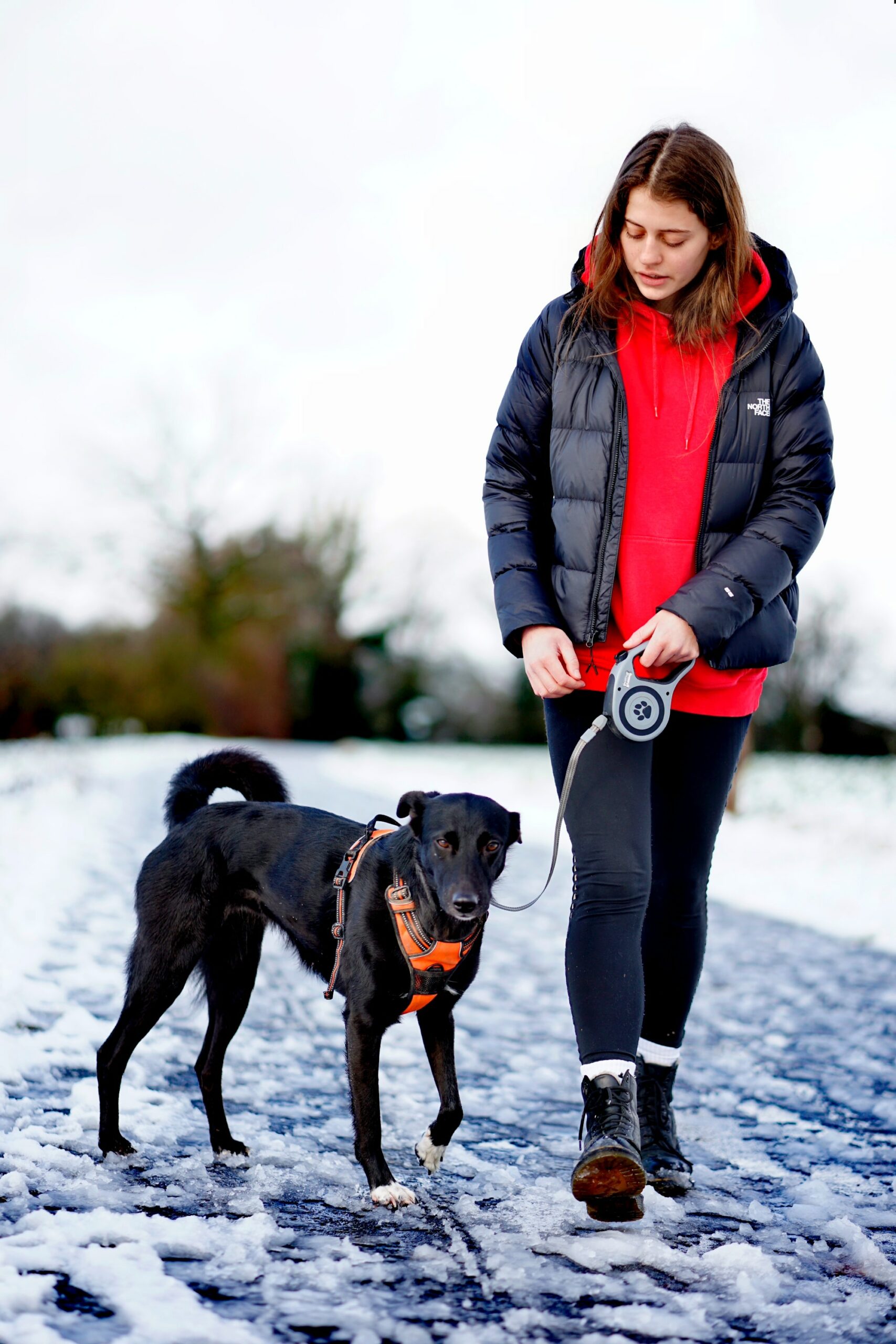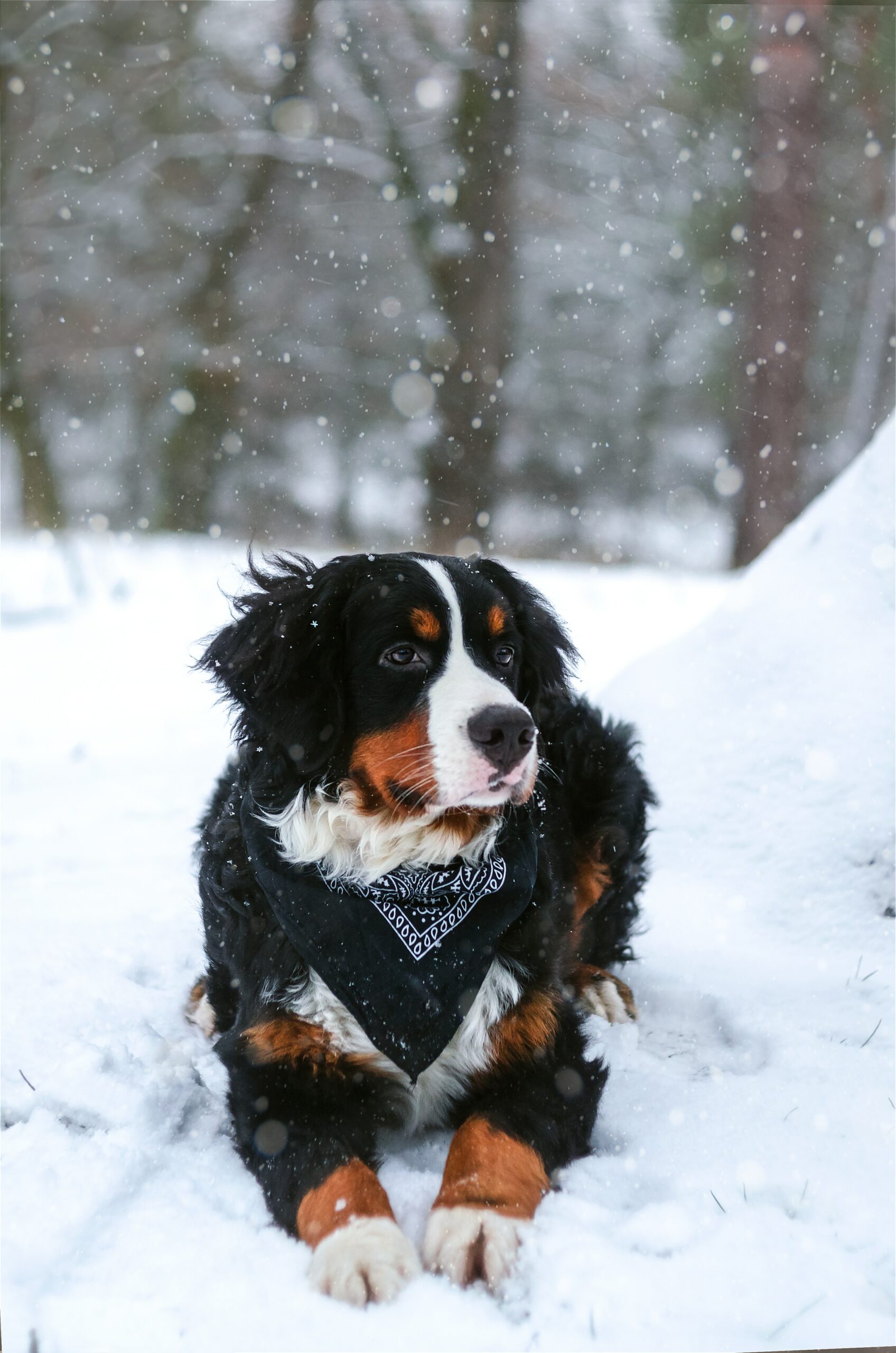Essential Winter Paw Care for Dogs
Common Winter Paw Problems in Dogs and How to Prevent Them: Dogs paws can become swollen and irritated in winter, leading to symptoms such as limping, licking, biting, or chewing their paws. Small breed dogs are more prone to paw problems, while larger dogs may experience cracked and sore pads due to salt used for deicing roads and sidewalks. Grooming practices, including trimming the fur between the toes and pads and regular nail care, are essential to prevent paw irritation and splaying of the toes. Using dog boots, applying paw balm or moisturizer, and trimming the fur around the paws can protect dogs paws from frostbite, dry and cracked pads, and chemical burns. Paw wax or protective spray can safeguard dogs paws from snow and ice balls, while avoiding salted or chemically treated surfaces is crucial to prevent irritation. Regular grooming, including trimming the fur between the toes and pads and proper nail care, is essential to reduce paw problems in dogs during winter. Trimming the fur and using DIY paw balm made from natural ingredients can help keep dogs paws protected and moisturized during winter walks. Keeping walks short, ensuring hydration, and washing dogs paws after walks are practical tips for protecting dogs paws during winter walks. Checking and cleaning dogs paws to remove ice, salt, chemicals, and caked mud is crucial to prevent potential paw problems. Choosing the right winter gear, including water-resistant and insulating boots with non-slip soles, is important to keep dogs comfortable and safe during outdoor activities. Encourage dog owners to implement the discussed tips and strategies to ensure their pets paw health and well-being during the winter season. Reiterate the significance of proactive paw care in keeping dogs safe and comfortable in cold weather conditions.
Winter Paw Problems for Dogs
In addition to the common paw problems such as swelling, irritation, and sore pads, dogs may also experience frostbite, which can be extremely painful and damaging to their paw pads. For example, when dogs are exposed to extremely cold temperatures for extended periods, the blood vessels in their paws can constrict, leading to tissue damage and potential frostbite. This can result in discomfort, pain, and long-term damage to their paws, making it essential for pet owners to be vigilant and proactive in protecting their dogs’ paws during winter.
Furthermore, it’s important to recognize that the signs of paw problems in dogs may not always be immediately obvious. Some dogs may exhibit subtle changes in behavior, such as reluctance to walk or play, licking their paws excessively, or avoiding contact with cold surfaces. By being attentive to these behavioral cues, pet owners can detect potential paw issues early and take necessary preventive measures to ensure their dogs’ paw health. This proactive approach is crucial in safeguarding the well-being of dogs, especially during the challenging winter months.
Protective Measures for Winter Paw Care
There are various effective protective measures that dog owners can take to ensure the well-being of their pets’ paws during winter. For instance, using dog boots is an excellent way to shield the paws from snow, ice, and salt while providing insulation and stability. These boots can also prevent the formation of ice balls between the paw pads, which can be uncomfortable and potentially harmful to dogs. Along with boots, applying paw balm or moisturizer can help keep the paw pads supple and hydrated, reducing the risk of dryness, cracking, and irritation.
Furthermore, trimming the fur around the paws is a simple yet essential step in winter paw care. By maintaining shorter fur, dog owners can prevent the accumulation of snow, ice, and chemical residues, thus minimizing the potential for discomfort and injury to their pets’ paws. Additionally, using protective paw wax or spray can create a barrier against harsh winter elements, further shielding the paws from the detrimental effects of cold temperatures and environmental irritants. By implementing these protective measures, dog owners can significantly reduce the risk of paw-related issues and ensure their pets’ comfort and safety during the winter months.
Grooming Practices for Paw Care
In addition to regular grooming practices, there are specific grooming techniques that can help safeguard dogs’ paws during the winter months. Trimming the fur between the toes and pads not only keeps the paws clean but also prevents ice and snow from accumulating between the paw pads, which can lead to discomfort and irritation. This grooming practice is particularly important for dogs that spend a significant amount of time outdoors during the winter.
Moreover, proper nail care is crucial for paw health. Long nails can cause dogs to walk abnormally, leading to uneven pressure on the paw pads and potential discomfort. Regular nail trimming helps maintain the correct paw structure and prevents splaying of the toes, reducing the risk of paw problems such as cracks and soreness, especially in larger dogs. By incorporating these grooming practices into a routine, dog owners can effectively contribute to maintaining their pets’ paw health and comfort during the winter season.
Tips for Winter Paw Care During Walks
When taking your dog for a winter walk, there are several key measures you can take to ensure their paw health and comfort. Firstly, it’s essential to keep the walks short, especially in extremely cold weather or when there’s a lot of snow and ice on the ground. While exercise is important, prolonged exposure to harsh winter conditions can lead to paw problems such as frostbite and irritation from salt and chemicals. By keeping the walks short, you can minimize the risks and keep your dog’s paws in good condition.
Another important aspect of winter paw care is ensuring that your dog stays hydrated. It’s a common misconception that dogs don’t need as much water in colder weather, but the truth is that hydration is just as crucial in winter as it is in summer. Dry winter air can lead to dehydration, which can affect your dog’s overall well-being, including the condition of their paws. Therefore, always make sure your dog has access to clean water before and after a winter walk.
Lastly, choosing the right winter gear for your dog is paramount in protecting their paws during outdoor activities. Water-resistant and insulating boots with non-slip soles can provide excellent protection from snow, ice, and salt, keeping your dog comfortable and safe. It’s important to select boots that fit well and are suitable for the specific winter conditions in your area. This gear will not only safeguard your dog’s paws but also enhance their overall winter walking experience, allowing you both to enjoy the season without any concerns about paw health.
Conclusion
In conclusion, it is essential to prioritize winter paw care to ensure the well-being of dogs during the cold season. Understanding the common paw problems that dogs face in winter, such as swelling, irritation, and cracked pads, is the first step in taking proactive measures to protect their paws. For example, smaller breed dogs are more prone to paw problems, often displaying symptoms like limping or excessive licking, while larger dogs may experience sore pads due to exposure to salt used for deicing roads and sidewalks.
By implementing protective measures such as using dog boots, applying paw balm, and trimming the fur around the paws, dog owners can safeguard their pets from frostbite, dry and cracked pads, and chemical burns [4]. For instance, utilizing paw wax or protective spray can help prevent snow and ice balls from causing irritation, while avoiding salted or chemically treated surfaces can further protect dogs’ paws. Additionally, rinsing and drying dogs’ paws after walks is crucial to remove potential salt or chemical residues and maintain paw health.
Encouraging proactive paw care and prevention measures is paramount to ensuring that dogs can comfortably and safely enjoy the winter season. By emphasizing the importance of regular grooming, choosing the right winter gear, and practicing effective paw care, dog owners can help their pets avoid discomfort and health issues related to winter paw problems.



